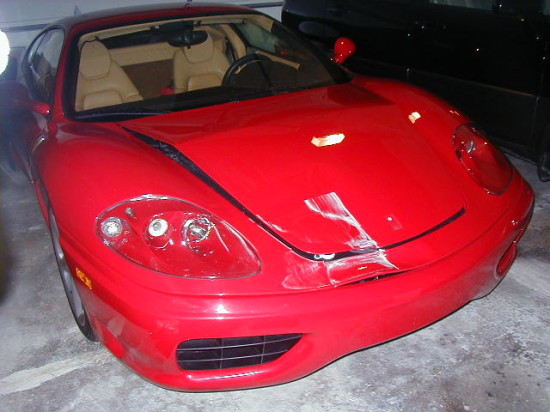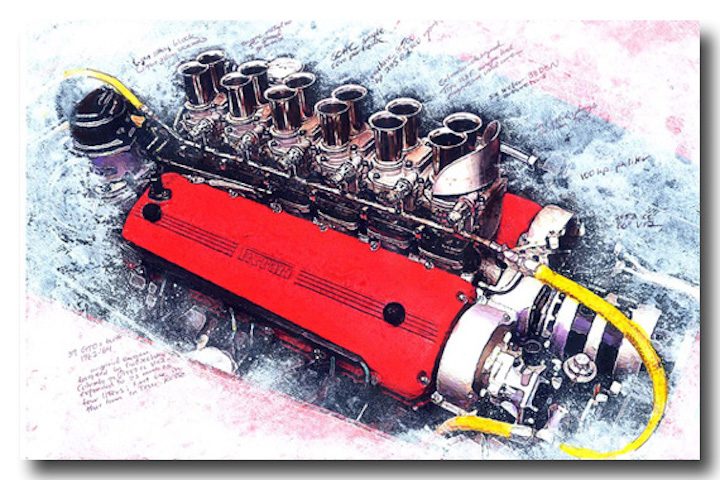It’s a question many car owners will ask at some point. How to fix the scratches on my car?
A car scratch is can be the peskiest and an expensive problem car owners face. Not only are they unsightly, but car scratch repairs can run into the thousands of dollars depending on the severity of the damage.
For most mild car scratches, here’s how you can restore a damaged paint job. Ensure that your car is washed and cleaned completely. Apply some scratch remover to a polish pad. Rub the pad onto the damaged surface.
Once you’re done applying the remover, wipe the area with microfibre cloth. Finally, polish it with some paste or wax.
You’ll likely only need a few minutes and a trip down to the car or hardware store to finish the job. However, many car scratches may require a bit more legwork. For those special cases, we’ll detail below how you can restore your car and fix those dents completely.
1) Identify The Type of Scratch
Most late-model cars come pre-built with three types of scratch layers. The first layer that touches the base metal of the car is the primer. The primer is then covered with a thin layer of paint for colour, otherwise known as the second layer. Then finally, the paint job is topped with a clear and shiny coat—the third layer—to serve as protection.
When you encounter scratches on your car, start by identifying the layer they’re in before moving forward.
2) Clean Off Marks and Minor Scratches
Minor scratches and marks outside the car’s exterior are usually easier to fix since they don’t penetrate too deep.
These scratches and marks are usually the results of minor accidents, such as when a car door is opened too quickly and hits another car door or when a cart hits your car’s rear.
These scrapes are often minor enough not to penetrate the primer, but still are strong enough to leave a mark on the exterior paint. You can easily tell if your car’s scratches are in this category if you don’t see the bare metal plate of the car.
To fix these scratches and marks, wipe the spot off with acetone or lacquer thinner with a cloth. This is usually enough to let the mark blend in with the paint job of the car to the point that it’s unnoticeable.
If some parts of the mark still remain, don’t rub it off too harshly as this can further damage the coat. Instead, consider using a car polishing compound to conceal these imperfections.
3) Restore Persistent Car Paint Scratches
Paint scratches are when the exterior paint of the car is nicked, dented, or scraped off completely. You can find solutions for repairing these scratches on paintscratch.com, a website that offers touch-up paint and repair guides.
Fixing these require a bit more effort compared to a slight scratch. If your car’s paint job is fading and sun-worn, you can still restore the colour and shine with a good quality car wax.
For deeper scratches, you’ll need to sand the scratch with fine-grit sandpaper first before applying car paint touch-up. Then, use an aerosol spray to resurface the metal with a clear and protective shine.
For the busy car owner, having the paint repaired by a vehicle repair professional to restore your car’s paint may also be a preferable option.
4) Repair Deep Scratches and Dents
Unfortunately for some car owners, your car may be wrecked from a major car accident that may make it too difficult to repair on its own.
Fixing these deep scratches would require you to take a trip to a professional repair shop as opposed to doing it yourself.
Usually, the bare metal is exposed and heavily disfigured due to a strong collision. These types of scratches may even affect the other parts of the car, such as the windscreen wipers and the car’s hood.
This damage can add up in costs, so you’ll want to know how much you’ll need to pay excess charges. You can find someone to repair your car scratches easily with DingGo.
Final Words
Fixing a car can be a stressful job. If you don’t leave it to the professionals or do extensive research before fixing your car, you run the risk of making things worse—which is the last thing anyone would want.
Regardless, we hope this article has helped you in your car-fixing journey. Stay safe!



Speak Your Mind